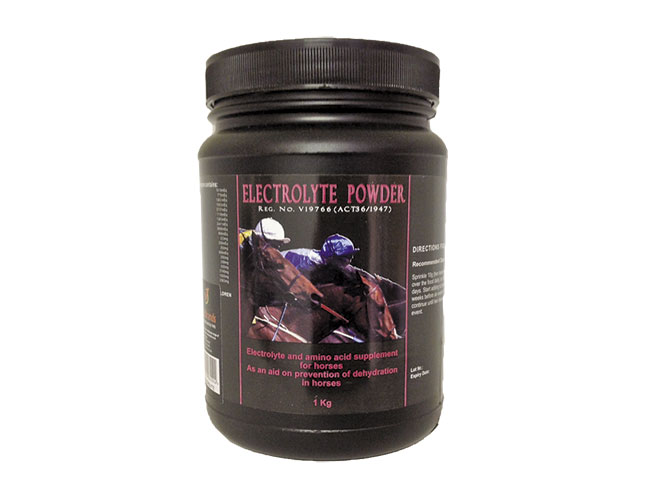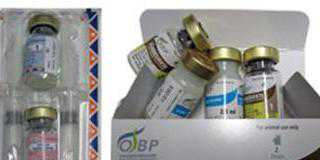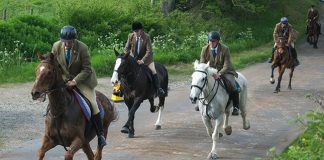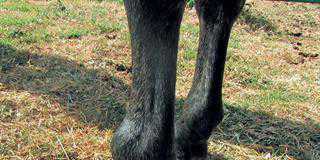
Synchronous diaphragmatic flutter causes hiccoughs in humans. But it results in a far more serious condition called ‘the thumps’ in horses following a long ride. The horse heaves spasmodically due to repeated contraction of the diaphragm, and the chest and abdominal muscles start ‘thumping’.
The main cause of the condition is an electrolyte imbalance, mainly due to a lack of calcium, sodium chloride and potassium in the bloodstream. It is often related to overuse of electrolyte solutions, diarrhoea and exhaustion. Horses on high-calcium diets are especially prone to low calcium levels when exhausted. Thumps is also seen in horses that have not been properly prepared for an endurance ride.
How to prevent thumps
Conditioning and nutrition can both play a part in preventing thumps. The body condition score of a horse is measured by considering the amount of muscle covering the bones, on a score of 1 to 9, where 1 is too thin and 9 is very fat. Endurance horses do well when their average body condition score before the ride is about 4,9. Overfat horses are generally not good athletes as they tend to be unfit. And it has been found that horses with a score of 2,9 and lower are more prone to thumps.
A steady build-up of exercise, starting slowly at a walk and trot to build muscles, is essential during training. Four to five days before a race, training should be light to build up glycogen reserves. Long-distance horses, like long-distance human athletes, should be fed food with a low glycaemic index. In horses, this is good quality hay and a cereal high in roughage. Beet pulp is a highly digestible fibre and energy source that can be safely added to the ration.
The hay should have the correct ratio of calcium to phosphate. Tef and good quality eragrostis or oat hay are suitable. Lucerne tends to be too high in calcium and has been identified as a cause of thumps in the USA, where it is the main source of hay. Kikuyu pastures can also be problematic. Part of the carbohydrate in the feed should come from fat. A good source is soya or maize oil.
Nutritional supplements with oil have been formulated specifically for the endurance horse. You can feed one or two tablespoons to your horse twice a day. Using human rehydration powders, or electrolytes intended for rehydration of horses with diarrhoea, is a recipe for disaster as it can induce an attack of the thumps.
Take care at the ride
Water should be offered at each checkpoint. After the end of the ride, the horse should keep walking slowly and not stop immediately. Pouring ice-cold water over the horse to cool it down can cause problems. If your horse starts
to shake, its eyes are slightly sunken and its stomach is pulled up tight, it might be starting the thumps. Seek the help of a vet urgently. He or she will usually apply an intravenous drip immediately.













